‘Bob Lazar: Area 51 & Flying Saucers’ is a documentary that originally came out in 2018, but was added to Netflix recently in June 2019, pushing an old controversial figure, that of Bob Lazar, into the spotlight once again. Even if you are not familiar with who Lazar is, you must have heard of Area 51, the super secret base in the desert of Las Vegas, where the US government supposedly keeps proof of extraterrestrial life. Not only has Area 51 featured popularly in films and television shows, but has become the origin point of several sci-fi narratives that keep asking the question of whether we are alone in the universe.
Lazar was the man who blew the whistle on Area 51 and the work that went down there. Mankind has always looked to the skies for answers, and we have wondered if we are truly alone in the universe. This time, we can look at the documentary by Jeremy Corbell to try and answer some of the questions. However, in order to do that, we must determine what exactly Corbell has to offer that has not already been covered before in this thoroughly investigated and stunning piece of information or rumor, depending on whether you choose to believe Lazar’s information. Thus, let us quickly get the summary of the documentary out-of-the-way before we can begin to answer the real questions.
Summary of the plot
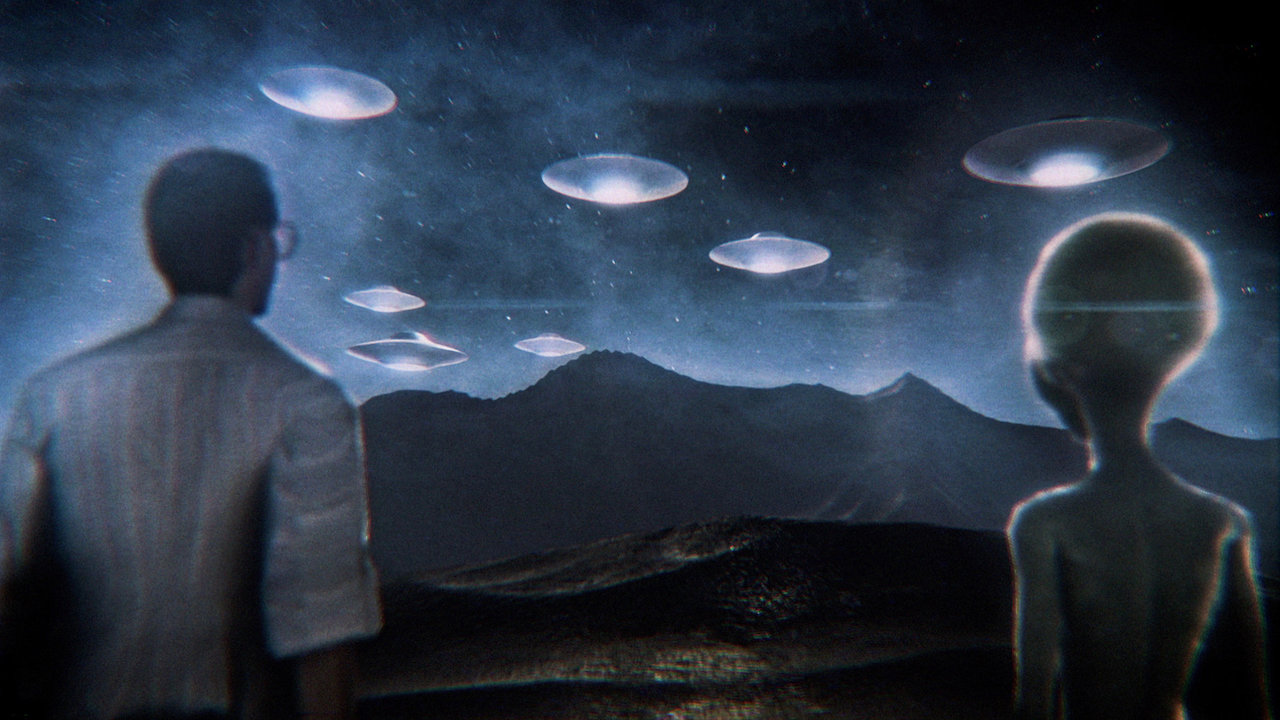
Bob Lazar first came forward with the ‘truth’ regarding extraterrestrial life in the late 80s, when he blew the whistle on secret government experiments with alien life forms, under the pseudonym of Dennis. However, he actually came into the spotlight using his real name in 1989 and was interviewed by George Knapp, an award-winning investigative journalist, who is part of the production team of this documentary and is a bit of a conspiracy theorist himself. Notably, Lazar mentioned that his interest in coming forth using his real name was self-preservation since he believed that the government was trying to eliminate him for exposing the truth regarding alien life.
What truth does Lazar know of? Well, according to him, and the documentary, he used to work as a scientist in a facility called S4 that is part of Area 51. This was south of Groom Lake and Lazar claims that he worked on reverse engineering both propulsion and power sources of the aircrafts that he says are not of this world. In fact, he claims the presence of 9 such crafts in the facility.
This is the gist of Lazar’s claim and assertions, which is all thrown into a dizzying whirlwind of questions when everyone rushes to verify if he truly is who he claims to be, and no one seems to be focusing on the questions that he has raised.
‘Bob Lazar: Area 51 & Flying Saucers’ ironically acknowledges this, and Lazar says so himself, but it cannot seem to overcome the challenge, the desperate need to prove who Lazar is before examining the claims he has made. To digress a bit, this approach reminds me of the film ‘They Live’, where if you put on a certain pair of glasses you can view the truth of society. When the protagonist tries to get his friend to do so, there is a violent altercation and a violent rejection of the protagonist’s offer. Philosopher and psychoanalyst, Slavoj Zizek, comments on this excellently in ‘The Pervert’s Guide to Ideology’, when he states this condition is a human refusal to violently displace our existing ideology or knowledge and perception of things. This is the case in Lazar’s claim as well.
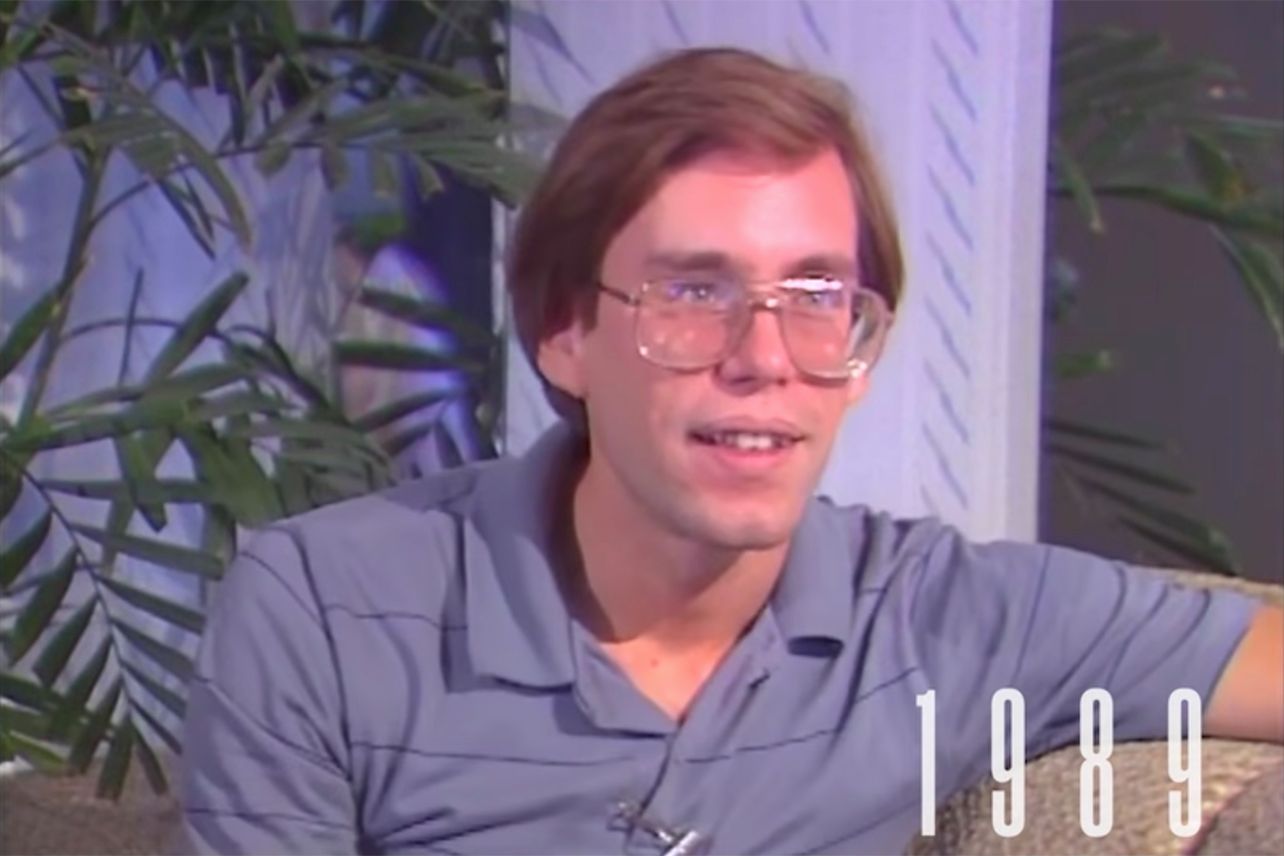
If we even begin to consider that we might not be alone in the universe, the ramifications of it, existentially, are monumental. It would prove that we are not at the top of the chain because there are creatures with more intelligence out there. It would go on to cast doubt on our very reality itself, and whether it is simulated, a la ‘Matrix‘. Instead of being willing to question our ideology by entertaining Lazar’s assertions seriously, this documentary instead focuses on whether he is truly who he says he is, and how we can be sure of that.
However, there are some pieces of concrete facts that it does focus on, one of them being Element 115, which was later synthesized by Russian and American scientists and called Moscovium. Apparently, Lazar sneaked some out way before humans publicly made it, in a stable form, from S4, before blowing the whistle. However, he refuses to address this in the documentary. There is a lot of talk of science and physics that he explains, and by the time he is done, one is left wondering if this man is a complete hoaxer influenced by comics, a tin foil wearing conspiracy theorist with high IQ, or a man trying to get the truth out to people as a service, not just to the scientific community, but humanity in general.
We are drawn into what Lazar is saying, proving Corbell’s skills as a documentary maker, even if we do not understand all that is being said. When interspersed with Mickey Rourke’s near-poetic commentary, it creates an even greater impact. Nonetheless, we must not ignore the fact that Corbell rarely focuses on any of the important questions in his documentary. What then are the questions that need answering?
Where is the flight test video?
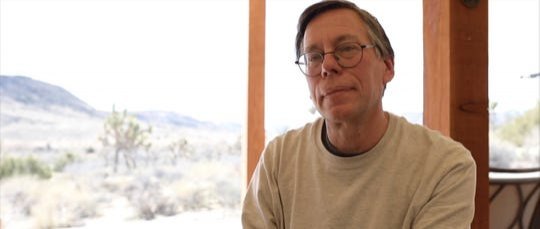
One of the most explosive pieces of concrete evidence that would back Lazar’s claim would be video proof, and it seems he did take video footage of UFO test flights. While the video does exist, and Lazar had some eyewitnesses at the time it was taken, none of them are mentioned by name in Corbell’s documentary. The tapes are not actively called out either, although it is claimed that they have been included within the footage. Where the tapes exactly are now, remains a matter of question. Lazar has claimed Knapp has them, and Corbell has claimed that he has them within the footage. So which one is true? This remains an unanswered question.
However, if you are looking for what was on the tape, we can help you out. In the words of Lazar himself, “But remember, this is in the dark in the ’80s with a big monster size camcorder and you got a bright light jumping around, but yeah, I mean, we did a video of it but by today’s standards, it’s…”. Thus, all we see in the video is a bright light jumping around in the darkness. However, Lazar and his friends did get caught while making the video, leading to his dismissal from S4.
This coupled with the eyewitnesses seem to lend some credibility to his tale, though it equally raises questions about why a top-secret facility would have security so lax as to allow a scientist and his friends to have a party recording secret UFO flights in the first place.
Are Bob Lazar’s claims for real?
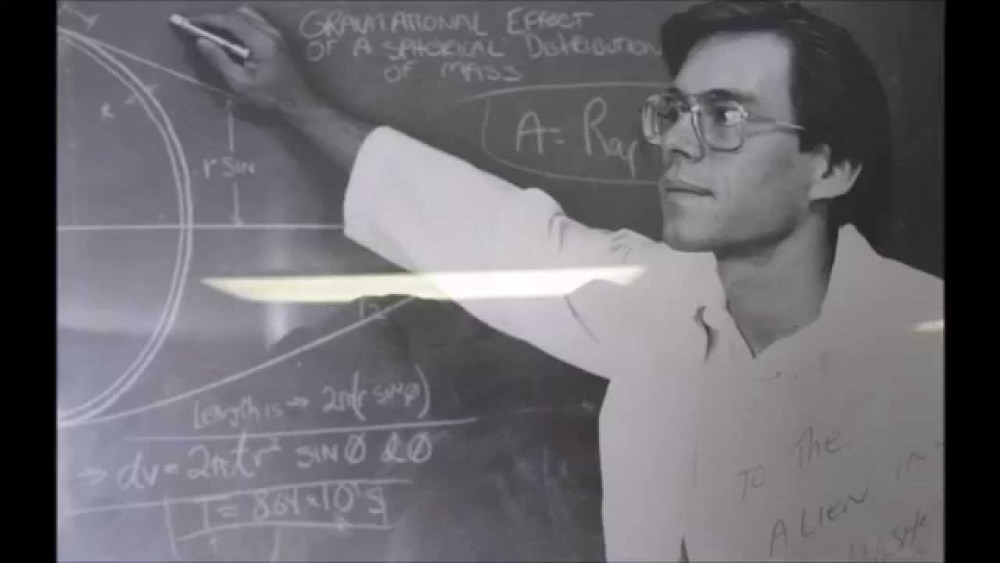
If the video evidence is inconclusive, then all we have to go on is Lazar’s assertions. This raises the most important question. Is there alien life out there, and is any of this real? To answer this, we must lay bare some of the clear undeniable facts that exist in the documentary.
Firstly, S4 exists and it is located to the south of Groom Lake. Since there have been no reports that were uncovered before this, regarding the place, it seems conclusive that Lazar did work there in order to have specific knowledge of the area. Corbell also found the agent named Mike Thigpen, who conducted the background checks on Lazar before he was deemed fit for recruitment.
Secondly, Lazar knew about EG&G as the company that was hiring for the job at S4. This has been corroborated by a leak in June 2019, which has been hailed as one of the most significant UFO-related leaks in recent times. It involves an interview between Dr. Eric Davis during an interview with Vice Admiral Thomas R. Wilson, where EG&G’s name comes up in relation to Area 51.
Thirdly, Lazar knew about Element 115 in a stabilized form. Notably, this was way before Moscovium, the element described by Lazar, was actually synthesized in 2003. While Lazar claims that a stabilized version propelled the alien spaceships, the theory has shown this to be possible, although we were only able to make an unstable version of it. This, for me, is the most concrete scientific proof in Lazar’s tale.
Read More: Most Scientifically Accurate Movies
The fourth point could have been used well by Corbell to actually test if Lazar is a hoaxer instead of being squandered away as an opportunity for him to say ‘I told you so’. One of the claims that Lazar made in 1989 was regarding a ‘bone scanning’ ID technology. While this was not the most far fetched of his claims, this was also something that was verified later on, since the information was released that US government facilities did use this tech. What Corbell could have done was shown Lazar a mockup to test if he is a hoaxer instead of actually showing him the photographs. Anyhow, when taken together, this is a mountain of evidence in Lazar’s favor.
Obviously, there are also some discrepancies in his identity like the time he studied at Caltech, which remains unverified, but once again, as Lazar says, there is no concrete proof that disputes his account of events. Moreover, conspiracy theorists will love the fact that some digging into his time at the Los Alamos National Lab have shown that the officials have no record of him being there, though the lab’s phone book from that time and a newspaper clipping disprove this information. Was someone trying to erase his identity, or play him as a puppet? Understandably, Lazar, after having become somewhat of a joke within the scientific community, and being treated with constant skepticism, is annoyed at this, and paranoid and prickly when such questions are raised. This leaves us in somewhat of a pickle ourselves, since we have to decide what to do with all this information, and whether it is even true or not.
Final Word
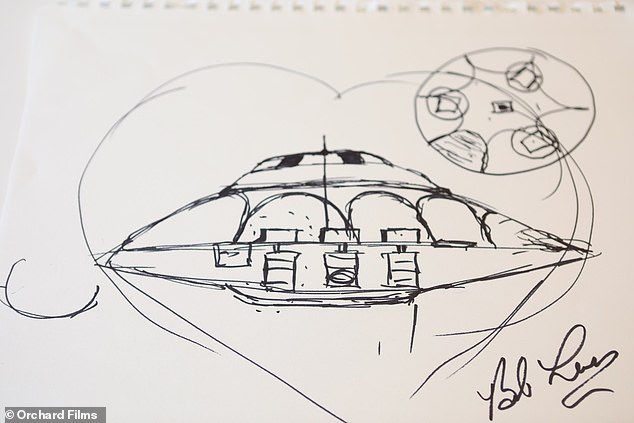
It would be easy to reject all of Lazar’s claims as delusions or deliberate misinformation. There are plenty of counter-narratives that alien sightings were actually secret government military experiments. Recently declassified CIA files also show stealth planes that were tried out, which could have been mistaken for alien spaceships at that time. However, what is chilling is that the man has not changed his story in all these years. He is still certain of the number of spaceships, he has not wavered from the facts he exposed, or the science backing it up. Moreover, as he says, bringing this to light has not benefited him to any great degree. Thus, we should entertain the possibility that perhaps what he is saying might be true, no matter how hard it is for us to accept the facts.
At this point, when grappling with the existential dilemma of this question, it would only be fair and human of us to direct some rage at Corbell as the filmmaker who should have asked more probing questions instead of rehashing already existing details in front of us and asking Lazar point blank if he was sure of what he was saying. Documentaries like these require nuanced handling, and we simply do not get it here. Thus there remains an ambiguity to both the major questions – the truth of the videotape, and the subsequent truth of Lazar’s own account.
Whatever be the case regarding UFOs, in today’s world of post-truth, we must entertain Lazar’s claims as credible, and this author for one, is not as scared of the fact at the existence of extraterrestrial life, as gladdened by the possibility that we are not all alone in this universe. Now that humanity is venturing forth, trying to look at alternate homes in case Earth itself does not manage to survive, perhaps the knowledge about proof of life in space is not the worst thing that can come to light at this moment.
Read More: Best UFO Movies of All Time

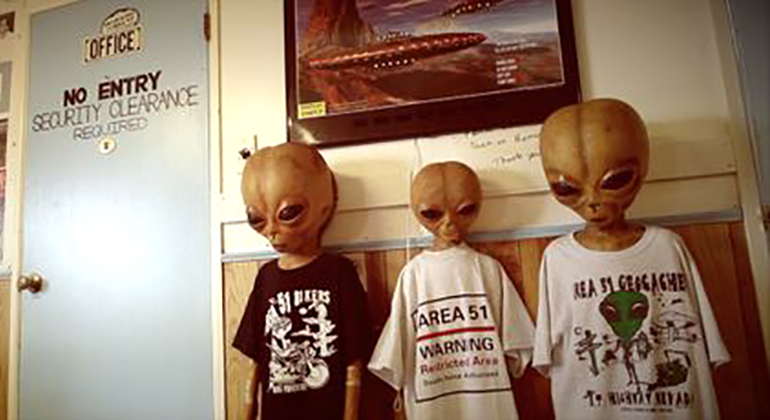
You must be logged in to post a comment.